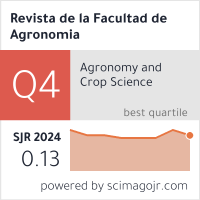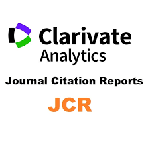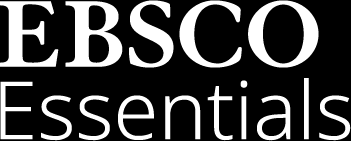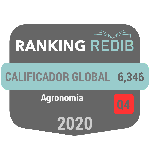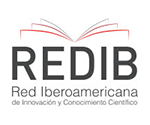Eficiencia biológica y evaluación de los compuestos bioactivos de cepas silvestres mexicanas de Hericium erinaceus
Resumen
El basidiomiceto Hericium erinaceus es uno de los hongos comestibles y medicinales más consumido en el mundo y apreciado en la medicina tradicional China, en México es conocido como melena de león. Se evaluó la eficiencia biológica de cepas silvestres de H. erinaceus cultivado en distintos sustratos de la región de Durango, principalmente bagazo de agave, un desecho de la producción de mezcal. La cepa CCH003 proveniente del Espinazo del diablo mostró la mayor eficiencia biológica de 42,33 % y una tasa de productividad de 0,47 %, con un periodo total de cultivo de 90 días y tres cosechas. Con respecto a la evaluación de los compuestos bioactivos, la misma cepa obtuvo diferencias significativas en comparación con las demás, presentó los mayores valores para todas las determinaciones; 60 ± 0,018 mg EAG.g ES-1 en contenido fenólico, 4,21 ± 0,013 mg EQ.g ES-1 para flavonoides, 71,16 ± 0,002 mg EAA.g ES-1 en CAT, 157 ± 0,089 µg EAG.mL-1 por ABTS y 121 ± 0,107 µg EAG.mL-1 por DPPH. La variabilidad de los resultados en los ensayos realizados aporta información sobre cómo el tipo de sustrato, las condiciones climatológicas y geográficas, y el estado de madurez influencian el desarrollo del hongo incluyendo la producción de metabolitos secundarios, aun tratándose de la misma especie. Se espera que esta información sea útil para promover el aprovechamiento del bagazo de agave como sustrato en el cultivo de H. erinaceus y con ello, diversificar las actividades rurales de la región, y en un futuro generar nuevos estudios sobre el efecto de las condiciones en la producción de compuestos bioactivos.
Descargas
Citas
Beelman, R. B., Royse, D. J. & Chikthimmah, N. (2003). Bioactive components in button mushroom Agaricus bisporus (J. Lge) Imbach (Agaricomycetideae) of nutritional, medicinal, and biological importance. International Journal of Medicinal Mushrooms, 5, 461–466DOI:10.1615/InterJMedicMush.v5.i4.10 Charumathy, M., Sudha, G., & Packialakshmi, B. (2016). Detection of antioxidant activity and bioactive constituents in the fruiting bodies of Hericium erinaceus pers-an edible mushroom. International Journal of Pharmacy and Pharmacy and Pharmaceutical Sciences, 8(3), 152-156.
https://journals.innovareacademics.in/index.php/ijpps/article/view/10017/3945
Colavolpe, M. B., Mejía, S. J., & Albertó, E. (2014). Efficiency of treatments for controlling Trichoderma spp. during spawning in cultivation of lignicolous mushrooms. Brazilian Journal of Microbiology, 45(4), 1263-1270. https://www.scielo.br/j/bjm/a/FG7Sj73DgSgRHThRsWtk8qh/?format=pdf&lang=en
Hassan, F. R. H. (2007). Cultivation of the monkey head mushroom (Hericium erinaceus) in Egypt. Journal of Applied Sciences Research, 3(10), 1229-1233. https://www.researchgate.net/profile/Fathy-Hassan-2/publication/332247554_Cu_lti_vati_on_of_th_e_Mon_k_ey_Hea_d_Mu_sh_ro_om_Hericium_erinaceus_in_Egypt/links/5ca91adea6fdcca26d045484/Cu-lti-vati-on-of-th-e-Mon-k-ey-Hea-d-Mu-sh-ro-om-Hericium-erinaceus-in-Egypt.pdf
Karadžić, D. (2006). Contribution to the study of fungi in the genera Sparassis Fr. and Hericium Pers. in our forests. Glasnik Šumarskog Fakulteta, 93, 83-96. https://agris.fao.org/search/en/providers/122436/records/64747f1679cbb2c2c1b82ce0
Kim, M. Y., Seguin, P., Ahn, J. K., Kim, J. J., Chun, S. C., Kim, E. H., & Ro, H. M. (2008). Phenolic compound concentration and antioxidant activities of edible and medicinal mushrooms from Korea. Journal of Agricultural and Food Chemistry, 56(16), 7265-7270. https://doi.org/10.1021/jf8008553
Kosanić, M., Ranković, B., & Dašić, M. (2012). Mushrooms as possible antioxidant and antimicrobial agents. Iranian Journal of Pharmaceutical Research, 11(4), 1095-1102. https://www.ncbi.nlm.nih.gov/pmc/articles/PMC3813146/
Kozarski, M., Klaus, A., Jakovljevic, D., Todorovic, N., Vunduk, J., Petrović, P., & Van Griensven, L. (2015). Antioxidants of edible mushrooms. Molecules, 20(10), 19489-19525. https://doi.org/10.3390/molecules201019489
Li, H., Park, S., Moon, B., Yoo, Y. B., Lee, Y. W., & Lee, C. (2012). Targeted phenolic analysis in Hericium erinaceus and its antioxidant activities. Food Science and Biotechnology, 21(3), 881-888. https://doi.org/10.1007/s10068-012-0114-1
Nieto, I. J., and Chegwin, C. (2010). Influencia del sustrato utilizado para el crecimiento de hongos comestibles sobre sus características nutraceúticas. Revista Colombiana de Biotecnología, 12(1), 169-178. http://www.scielo.org.co/pdf/biote/v12n1/v12n1a16.pdf
Nurmi, K., Ossipov, V., Haukioja, E., & Pihlaja, K. (1996). Variation of total phenolic content and low-molecular-weight phenolics in foliage of the mountain birch trees (Betula pubescens ssp. tortuosa). Journal of Chemical Ecology, 22, 2023–2040. https://doi.org/10.1007/BF02040093
Omarini, A., Lechner, B. E., & Albertó, E. (2009). Polyporus tenuiculus: a new naturally occurring mushroom that can be industrially cultivated on agricultural waste. Journal of Industrial Microbiology and Biotechnology, 36(5), 635-642. https://doi.org/10.1007/s10295-009-0530-2
Páez-Olivan, L. A., Correa-Ramírez, M., Guzmán-Dávalos, L., Naranjo-Jiménez, N., Almaraz-Abarca, N., Ávila-Reyes, J. A., Herrera-Gamboa J., Rosas Medina I., González- Valdez L. S., & Torres-Ricario, R. (2022). Studies of morphological and genetic variability of Hericium erinaceus from the Northwest area of the Sierra Madre Occidental, Durango, Mexico. The Southwestern Naturalist, 66(3), 225-232. https://doi.org/10.1894/0038-4909-66.3.225
Prieto, P., and Aguilar, M. (1999). Spectrophotometric quantitation of antioxidant capacity through the formation of a phosphomolybdenum complex: specific application to the determination of Vitamin E. Analytical Biochemestry, 269(2), 337-341. https://doi.org/10.1006/abio.1999.4019
Puttaraju, N. G., Venkateshaiah, S. U., Dharmesh, S. M., Urs, S. M. N., & Somasundaram, R. (2006). Antioxidant activity of indigenous edible mushrooms. Journal of Agricultural and Food Chemistry, 54(26), 9764-9772. https://doi.org/10.1021/jf0615707
Quiñónez-Martínez, M., Ruan-Soto, F., Aguilar-Moreno, I. E., Garza-Ocañas, F., Lebgue-Keleng, T., Lavín-Murcio, P. A., & Enríquez-Anchondo, I. D. (2014). Knowledge and use of edible mushrooms in two municipalities of the Sierra Tarahumara, Chihuahua, Mexico. Journal of Ethnobiology and Ethnomedicine, 10, 1-13. https://doi.org/10.1186/1746-4269-10-67
Rani, P., Lal, M. R., Maheshwari, U., & Krishnan, S. (2015). Antioxidant potential of lingzhi or reishi medicinal mushroom, Ganoderma lucidum (Higher Basidiomycetes) cultivated on Artocarpus heterophyllus sawdust substrate in India. International Journal of Medicinal Mushrooms, 17(12), 1171-1177. DOI: 10.1615/intjmedmushrooms.v17.i12.70
Re, R., Pellegrini, N., Proteggente, A., Pannala, A., Yang, M., & Rice-Evans, C. (1999). Antioxidant activity applying an improved ABTS radical cation decolorization assay. Free Radical Biology and Medicine, 26(9-10), 1231-1237. https://doi.org/10.1016/S0891-5849(98)00315-3
Sobieralski, K., Wojnilowicz, M., Siwulski M. (2009). Comparison of mycelium growth and yielding of selected strains of Hericium erinaceus (Bull. Fr.) Pers. on sawdust substrates with the glucose addition. Herba Polonica, 55(3): 266-272. https://herbapolonica.pl/resources/html/article/details?id=606245
Smolskaitė, L., Venskutonis, P. R., & Talou, T. (2015). Comprehensive evaluation of antioxidant and antimicrobial properties of different mushroom species. LWT-Food Science and Technology, 60(1), 462-471 https://doi.org/10.1016/j.lwt.2014.08.007
Stamets, P., and Chilton, J. S. (1983). The mushroom cultivator: a practical guide to growing mushroom at home. First Washington. No. 589.1 S8.
Tello-Balderas, J. J., and García-Moya, E. (1988). El maguey (Agave, subgénero Agave en el altiplano potosino-zacatecano). Boletín de la Sociedad Botánica de México, 48, 119-134. https://www.botanicalsciences.com.mx/index.php/botanicalSciences/article/view/1350/1001
Vaca-Paulín, R., Lugo de la Fuente, J., & Esteller Alberich, M. V. (2006). Caracterización de la materia orgánica soluble y de los ácidos húmicos en suelo acondicionado con lodo residual fresco o compostado. Revista Internacional de Contaminación Ambiental, 22(1), 27-37. https://www.scielo.org.mx/pdf/rica/v22n1/0188-4999-rica-22-01-27.pdf
Wilkinson, R. E., and Kasperbauer, M. J. (1972). Epicuticular alkane content of tobacco as influenced by photoperiod, temperature, and leaf age. Phytochemistry, 11(8), 2439-2442. https://doi.org/10.1016/S0031-9422(00)88513-1
Woisky, R. G., and Salatino, A. (1998). Analysis of propolis: some parameters and procedures for chemical quality control. Journal of Apicultural Research, 37(2), 99- 105. https://doi.org/10.1080/00218839.1998.11100961
Wootton-Beard, P. C., Moran, A., & Ryan, L. (2011). Stability of the total antioxidant capacity and total polyphenol content of 23 commercially available vegetable juices before and after in vitro digestion measured by FRAP, DPPH, ABTS and Folin–Ciocalteu methods. Food Research International, 44(1), 217-224. https://doi.org/10.1016/j.foodres.2010.10.033
Xu, B. J., and Chang, S. K. C. (2007). A comparative study on phenolic profiles and antioxidant activities of legumes as affected by extraction solvents. Journal of Food Science, 72(2), S159-S166. https://doi.org/10.1111/j.1750-3841.2006.00260.x
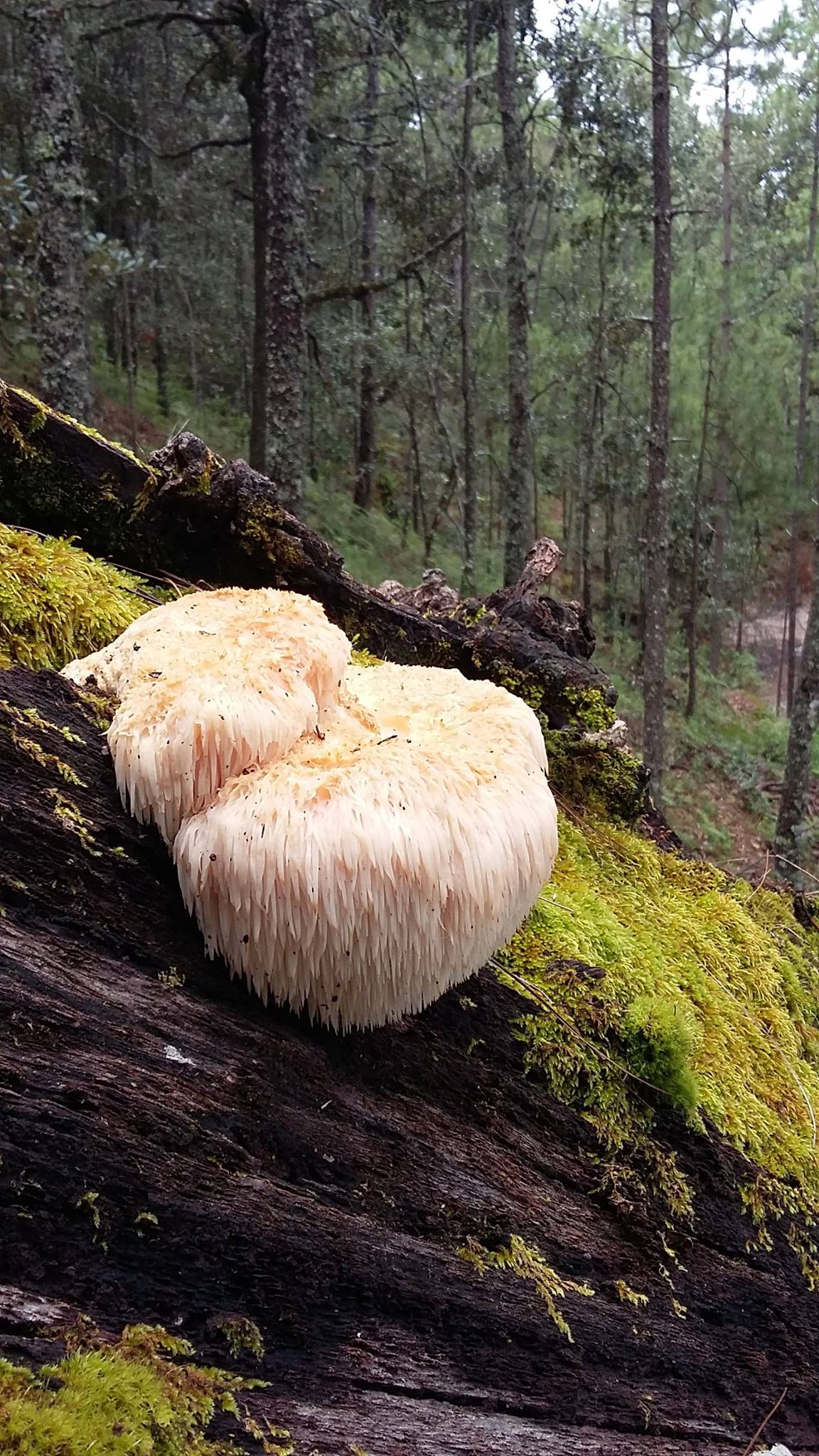
Derechos de autor 2024 Laura Anabel Páez-Olivan, Carmen Zulema Quiñones Pérez, Néstor Naranjo Jiménez, René Torres Ricario, Miguel Correa-Ramírez, Jaime Herrera Gamboa

Esta obra está bajo licencia internacional Creative Commons Reconocimiento-NoComercial-CompartirIgual 4.0.

